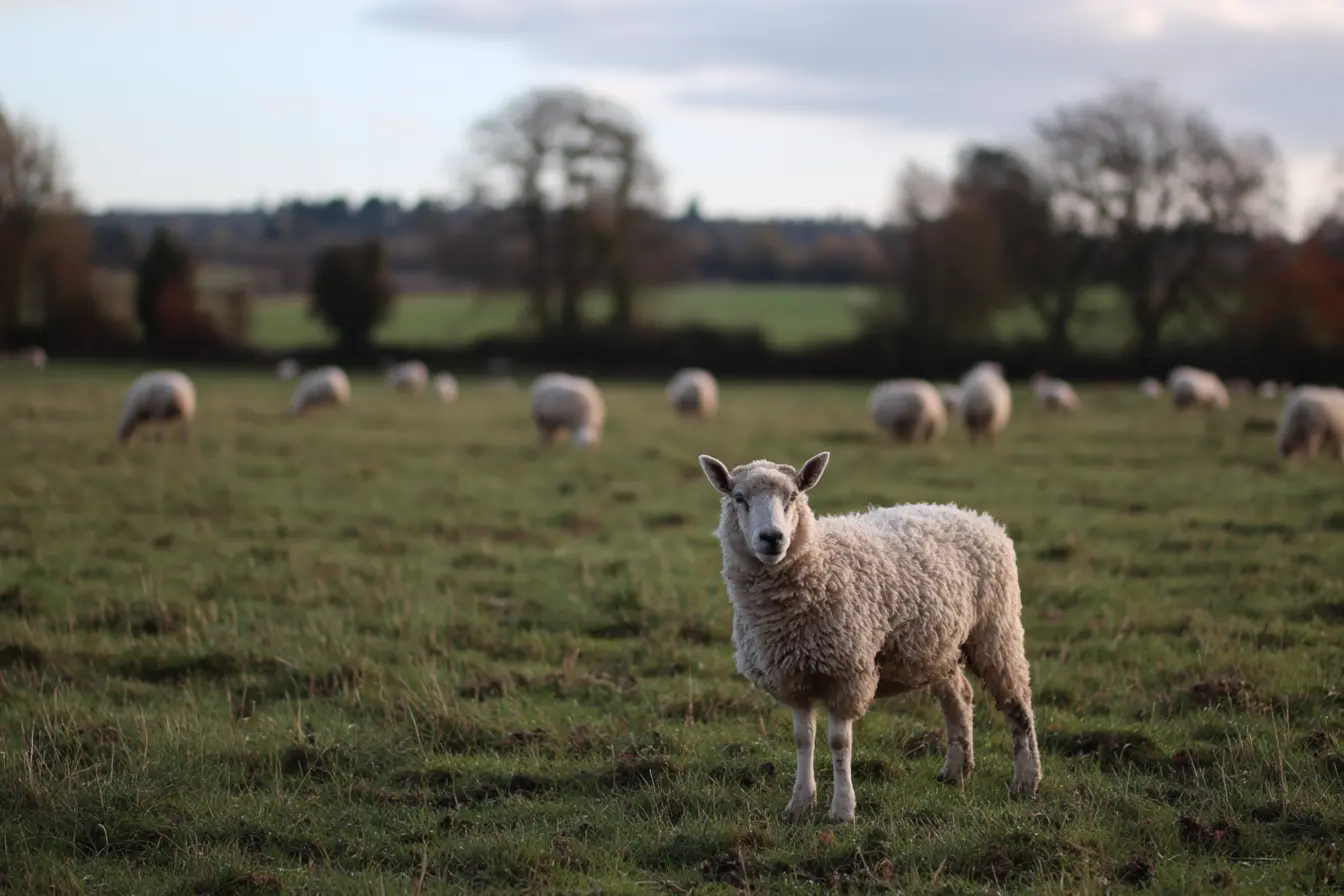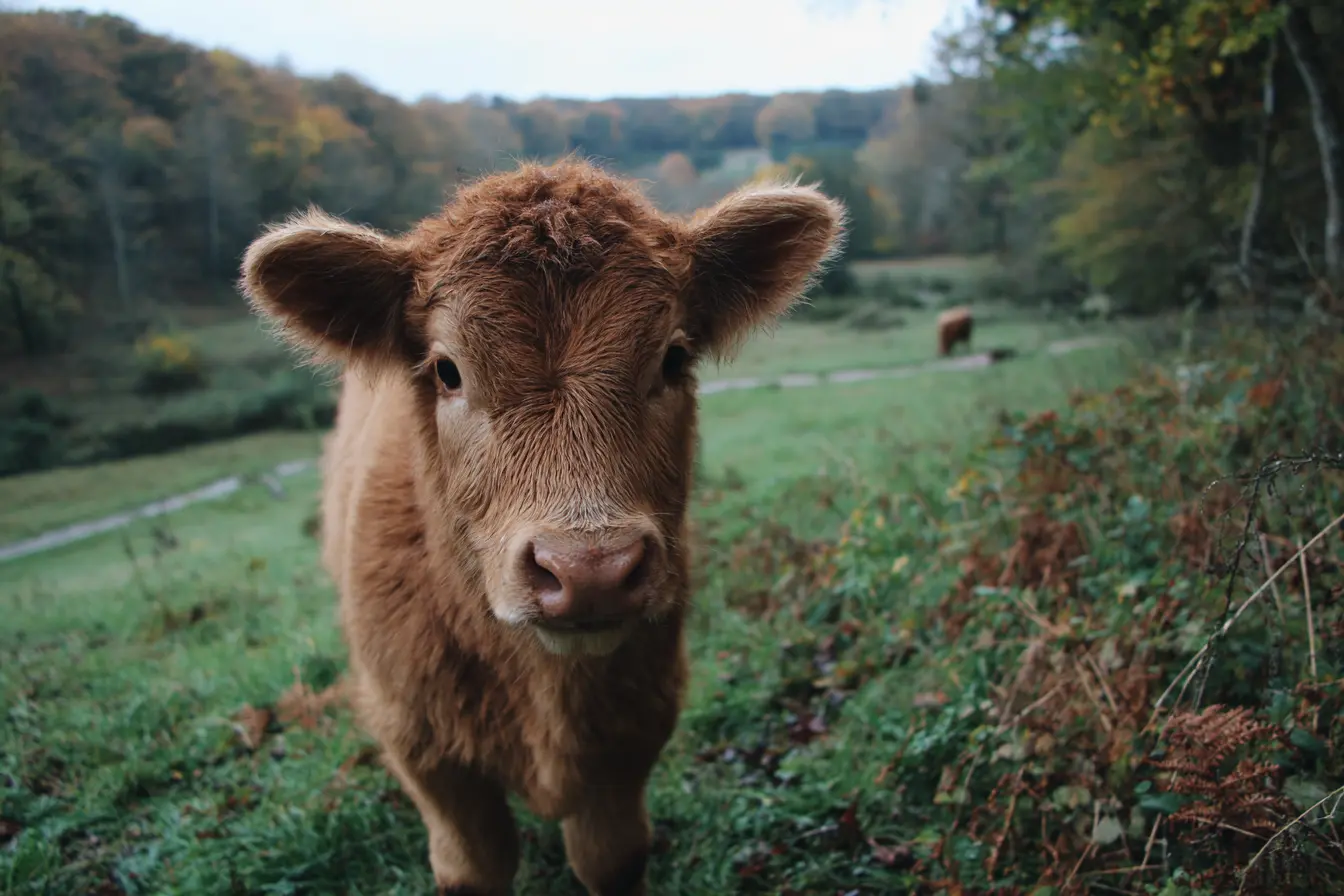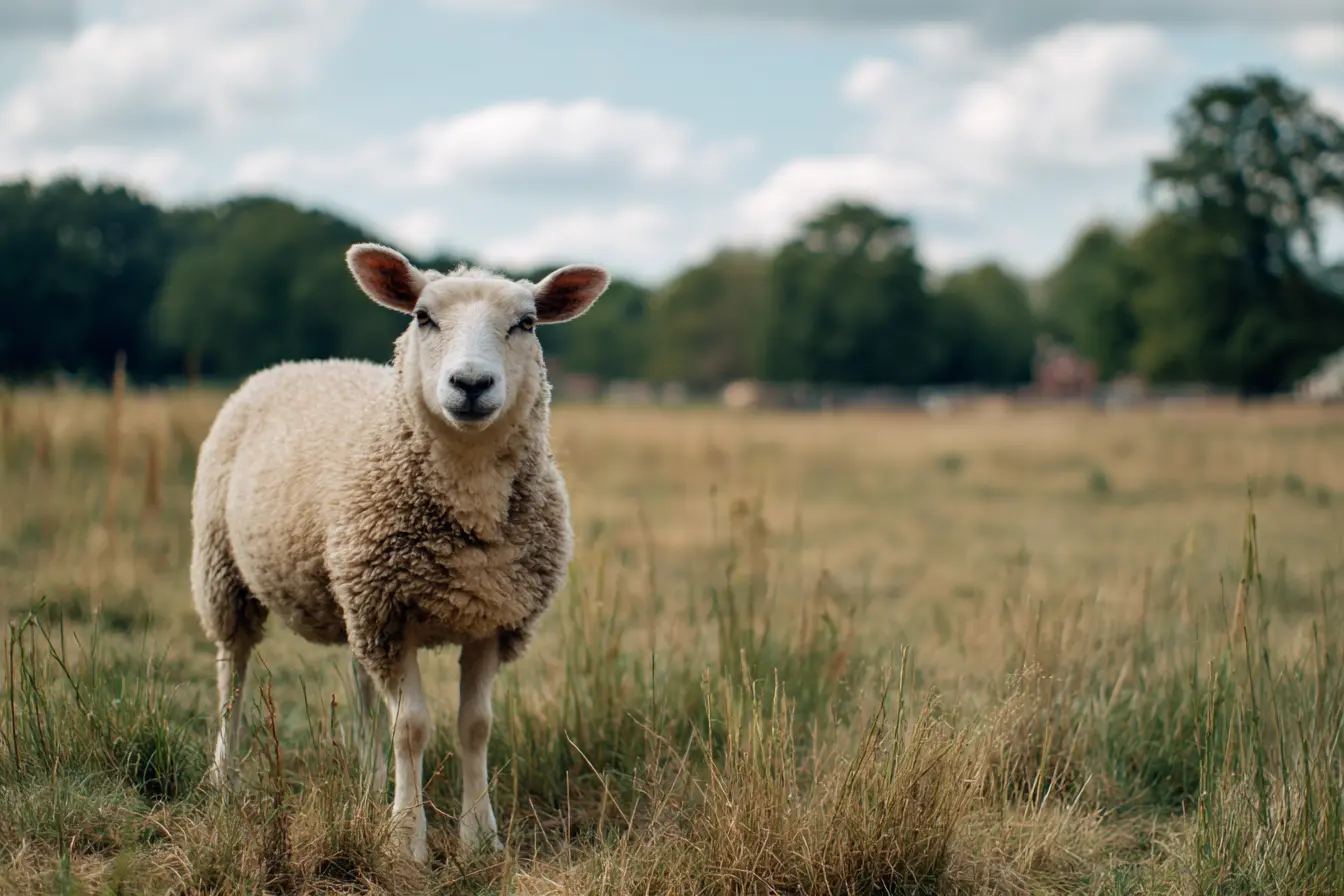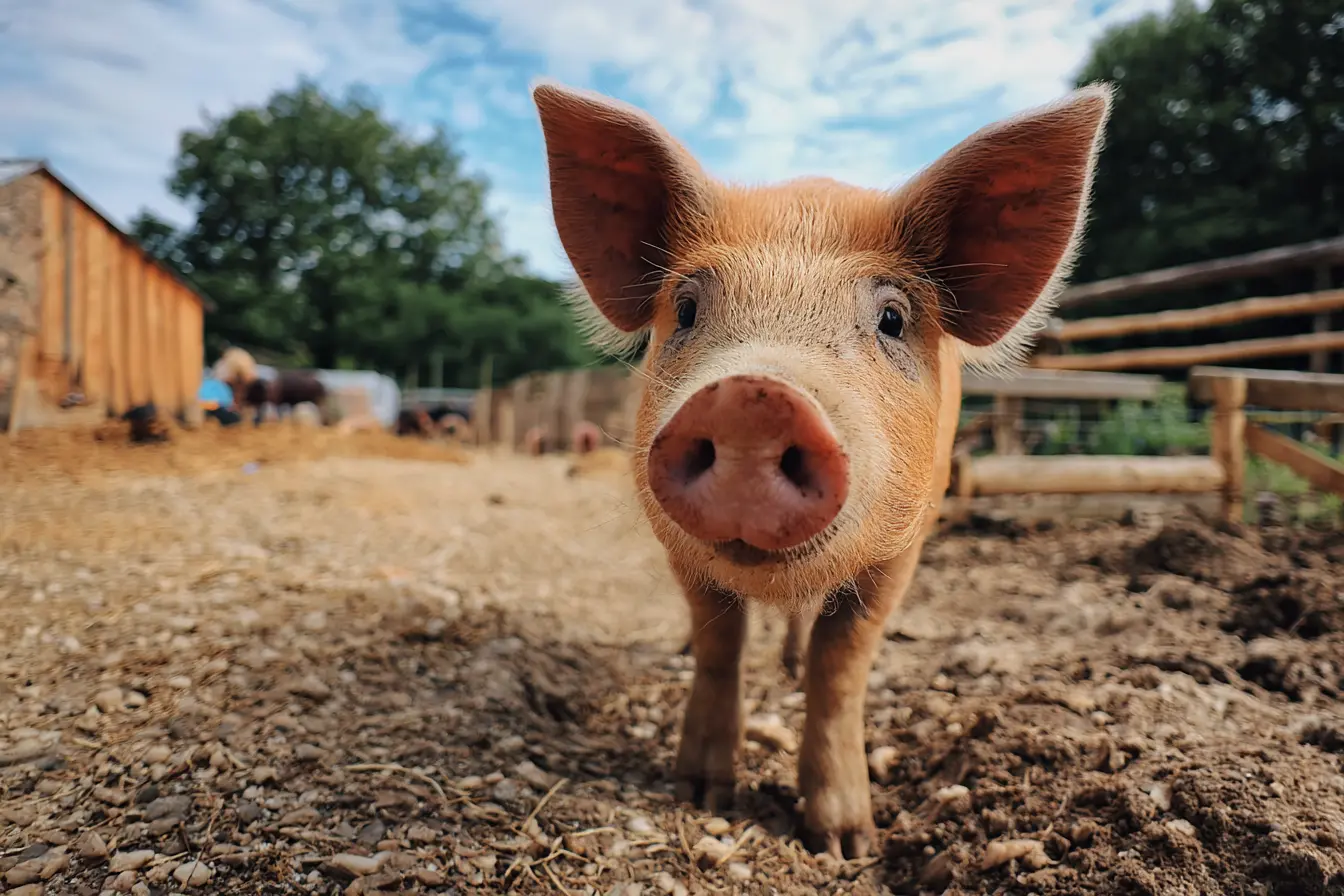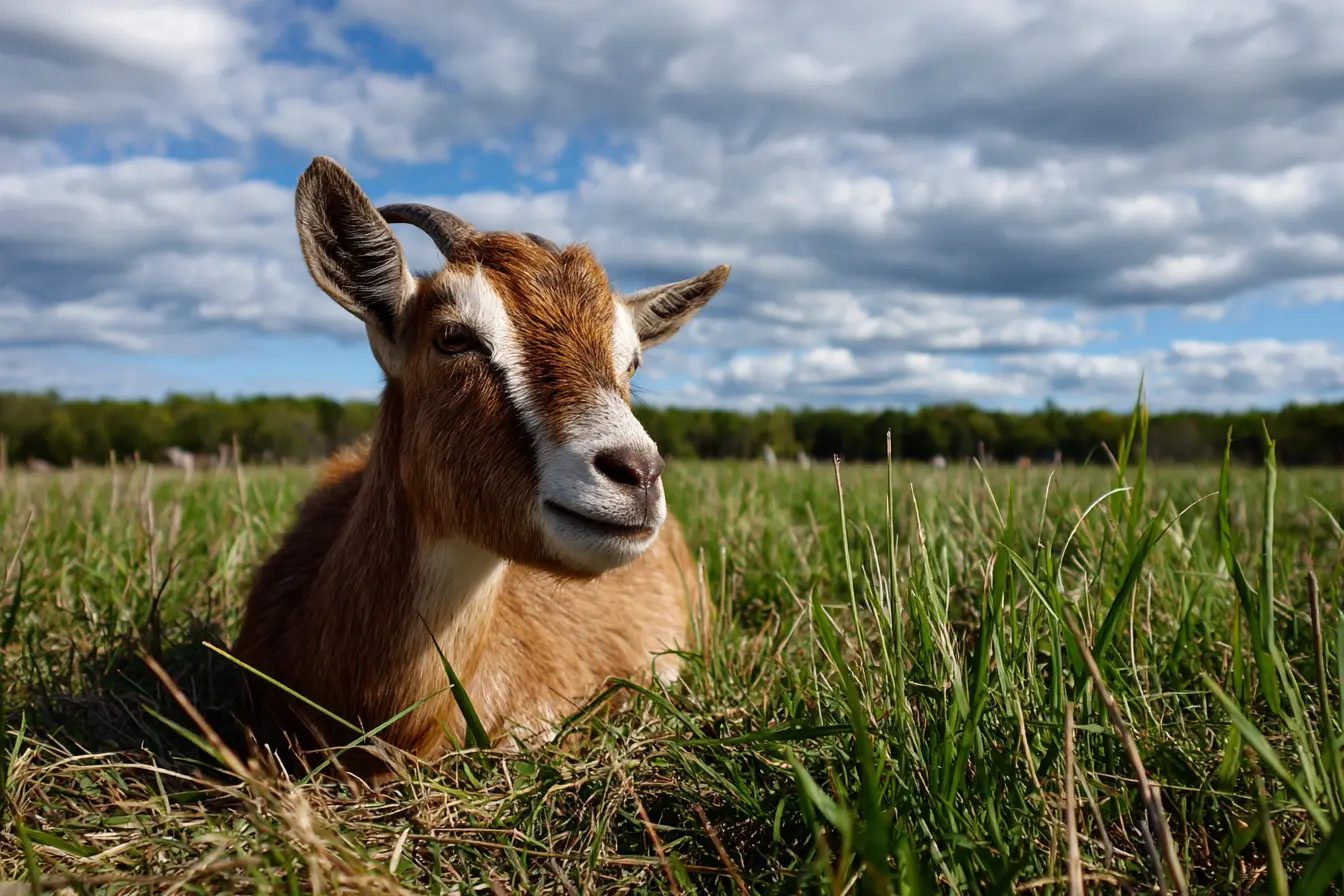
A Comprehensive Guide to Keeping Goats for Fibre Production
Goats have been a source of clothing fibre for centuries, producing luxurious materials such as cashmere and mohair. For smallholders, homesteaders, or specialist farmers in the UK, keeping fibre goats can be both rewarding and profitable. This guide explores every aspect you need to know to start and manage a goat herd for fibre production.
Why Keep Goats for Fibre?
Unlike meat or dairy goats, fibre goats are bred and kept specifically for their coats. Their fleeces are shorn or combed and processed into fine fibres that are spun into yarn or woven into textiles.
Main reasons to keep fibre goats:
- High-value fibre products such as cashmere, mohair, or pashmina.
- Niche market appeal in artisan crafts, handspinning, and luxury textiles.
- Manageable herd sizes for small farms compared to large-scale sheep flocks.
- Dual-purpose uses – some breeds may also provide milk, meat, or land management benefits.
Breeds of Fibre Goats
Choosing the right breed is crucial, as each type produces different fibres with varying qualities and commercial values.
Angora Goats
- Produce mohair, a lustrous and strong fibre.
- Shorn twice yearly.
- Sensitive to cold and wet climates, so shelter is essential.
Cashmere Goats
- Produce cashmere, one of the softest natural fibres in the world.
- Fibre is combed or shorn once annually.
- Fibre yield is relatively low per goat but commands high prices.
Pashmina Goats (Changthangi and related types)
- Produce the ultra-fine fibre known as pashmina.
- Typically found in harsher Himalayan climates.
- Rare in the UK, but some breeders are experimenting with them.
Other Fibre Types
- Nigora goats (Nigerian Dwarf × Angora) produce a blend of mohair and cashmere-like fibre.
- Some breeds produce coarse guard hairs, useful for rugs or stuffing.
Housing and Shelter
Goats are hardy but dislike prolonged damp and draughts. For fibre goats, protecting their coats is especially important.
Housing Requirements
- Dry, well-ventilated barns or sheds with ample bedding.
- Space: around 1.5–2m² per adult goat indoors.
- Secure fencing – goats are notorious escape artists.
Shelter in Pasture
- Field shelters are essential in the UK’s variable climate.
- Dry ground is preferable to prevent hoof issues.
Bedding
- Straw or wood shavings are common.
- Clean regularly to avoid fleece contamination.
Feeding and Nutrition
Good nutrition is vital for fibre quality and animal health.
Basic Diet
- Goats are browsers, preferring shrubs, brambles, and hedgerows.
- Hay should form the bulk of winter diets.
- Supplement with goat-specific concentrates if needed.
Minerals
- Provide a goat mineral lick.
- Avoid sheep mineral licks (toxic due to copper deficiency).
Water
- Constant access to clean, fresh water.
Fibre Harvesting
The harvesting process depends on the breed and fibre type.
Shearing (Angora and some cashmere)
- Carried out once or twice a year.
- Use professional shearers to avoid fleece damage.
- Mohair must be handled carefully to avoid contamination.
Combing (Cashmere)
- Carried out during the natural moult in spring.
- Fine undercoat is combed out, leaving coarse guard hairs behind.
- Labour-intensive but yields the highest quality fibre.
Storage
- Keep fibre in breathable bags (paper or cotton), never plastic.
- Store in dry, pest-free conditions.
Fibre Processing
Raw fibre requires cleaning and preparation before spinning.
- Skirting – removing dirty or coarse edges of the fleece.
- Washing/Scouring – gentle washing to remove oils, dirt, and debris.
- Dehairing (for cashmere) – removing coarse guard hairs to isolate fine fibre.
- Carding and Spinning – aligning fibres and creating yarn.
Many smallholders sell raw fibre, while others invest in small-scale processing equipment or collaborate with specialist mills.
Health and Welfare
Fibre goats have specific health considerations:
-
Parasite Control
- Regular faecal egg counts.
- Rotate pastures where possible.
-
Hoof Care
- Trim hooves every 6–8 weeks.
- Prevents foot rot and lameness.
-
Vaccination
- Standard clostridial vaccines recommended.
-
Fibre Protection
- Keep coats clean and free of burrs.
- Coat covers can help protect valuable fleeces.
Breeding Considerations
Breeding fibre goats allows for genetic improvement and herd sustainability.
-
Selecting Breeding Stock
- Choose animals with fine, dense fleeces and good conformation.
- Fibre micron count, length, and yield are key metrics.
-
Breeding Season
- Goats are seasonal breeders (autumn mating for spring kids).
- Gestation lasts around 150 days.
-
Kidding Management
- Provide clean, dry pens.
- Monitor for birthing complications.
Marketing and Selling Fibre
Turning fibre into profit requires planning.
Routes to Market
- Raw fibre sales to mills or handspinners.
- Processed fibre (carded batts, rovings, yarn).
- Finished goods (knitted, woven, or felted items).
Marketing Channels
- Farmers’ markets and craft fairs.
- Online platforms (Etsy, eBay, specialist forums).
- Direct-to-consumer via farm shops.
Value-Adding
- Storytelling about your herd and sustainable practices can boost sales.
- Eco-conscious branding is particularly effective.
Challenges and Considerations
- Labour-Intensive – fibre goats require regular grooming and management.
- Lower Yields – compared to sheep, goats produce less fibre per animal.
- Weather Sensitivity – UK damp climates can be harsh on Angoras especially.
- Market Fluctuations – luxury fibre markets can be volatile.
Is Keeping Fibre Goats Right for You?
Before starting, ask yourself:
- Do you have time for daily care and grooming?
- Do you have secure land and suitable shelter?
- Are you prepared for the costs of shearing, healthcare, and feeding?
- Do you have a marketing plan for your fibre?
Conclusion
Keeping goats for fibre production in the UK can be a rewarding enterprise, providing high-value fibres like mohair and cashmere for artisan and luxury markets. Success depends on choosing the right breed, providing excellent care, and understanding the processing and marketing chain.
With careful management, fibre goats can be both a sustainable lifestyle choice and a profitable small business.
Contents
Vets near you
Speciality vets
- Aquatics vet specialists
- Birds vet specialists
- Camelids vet specialists
- Cats vet specialists
- Cattle vet specialists
- Deer vet specialists
- Dogs vet specialists
- Equines vet specialists
- Exotic vet specialists
- Goats vet specialists
- Pigs vet specialists
- Poultry vet specialists
- Sheep vet specialists
- Small Mammals vet specialists
- Wild vet specialists
